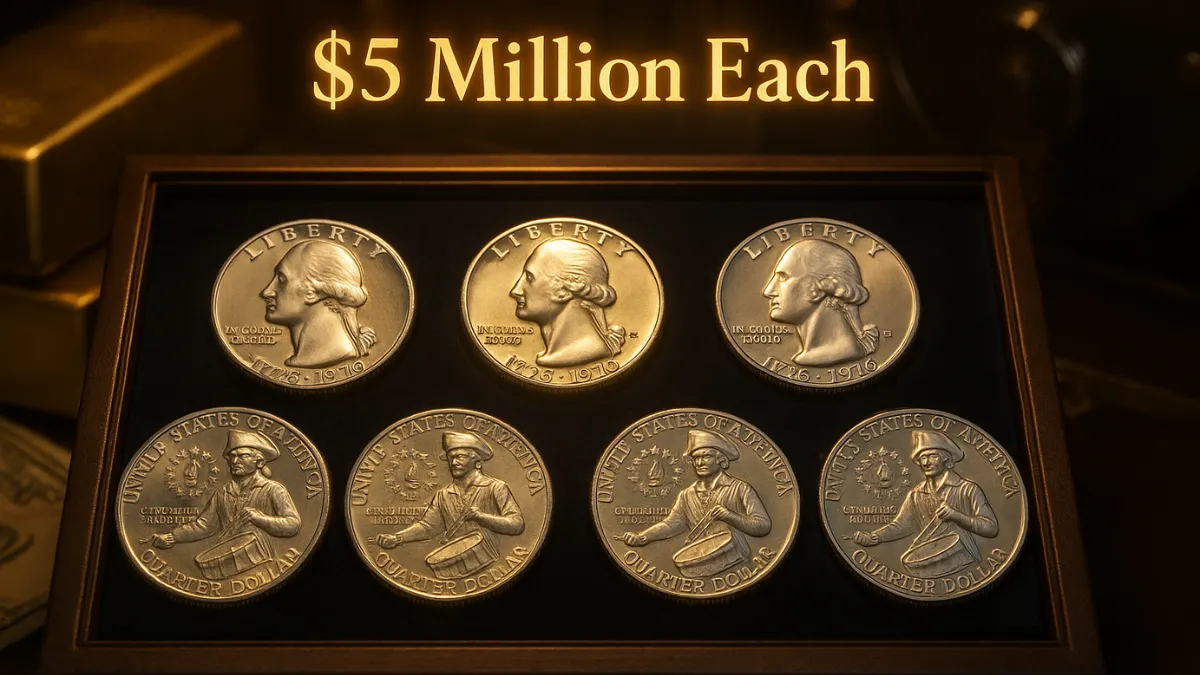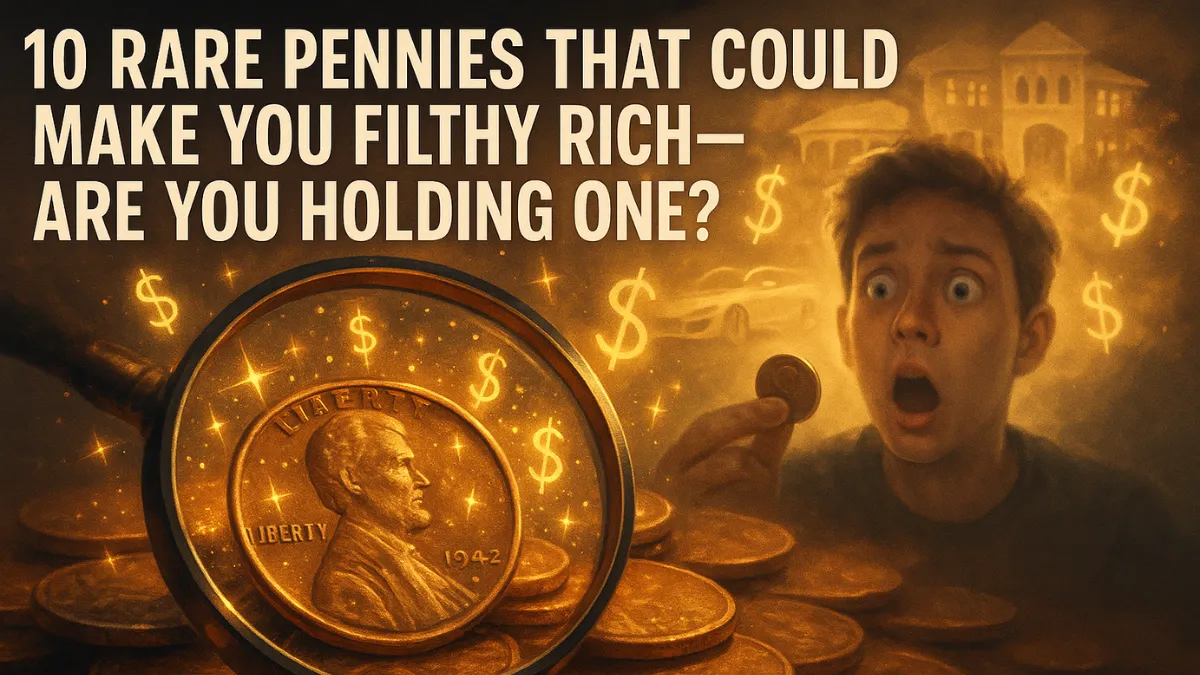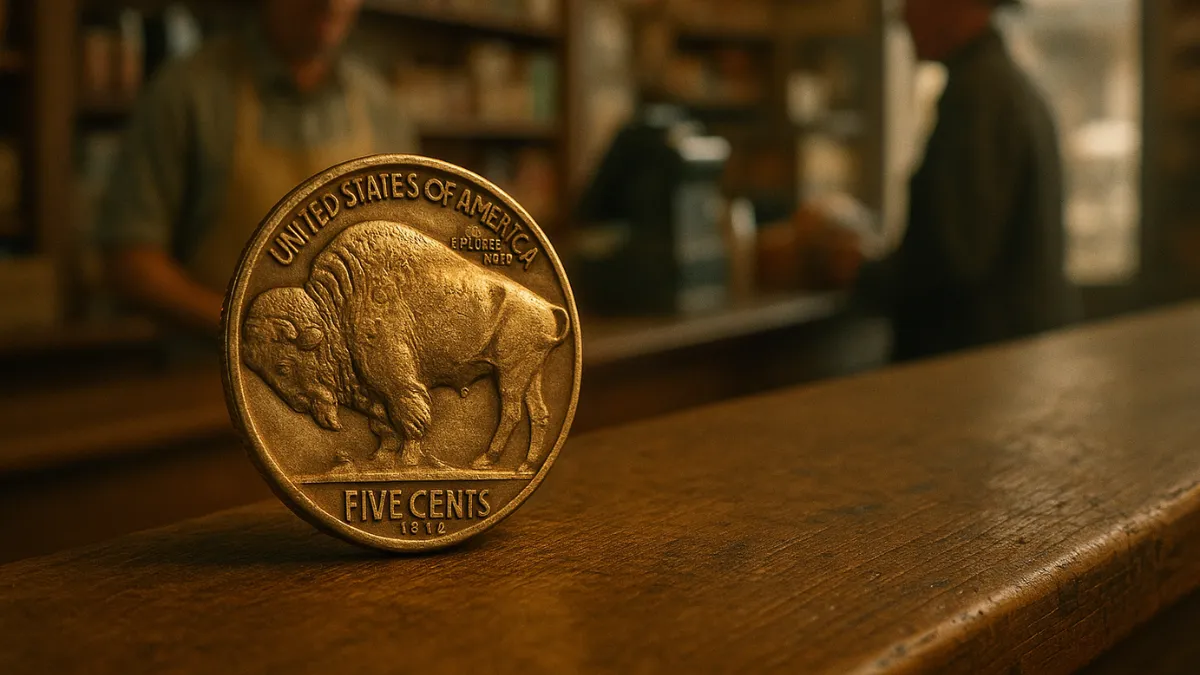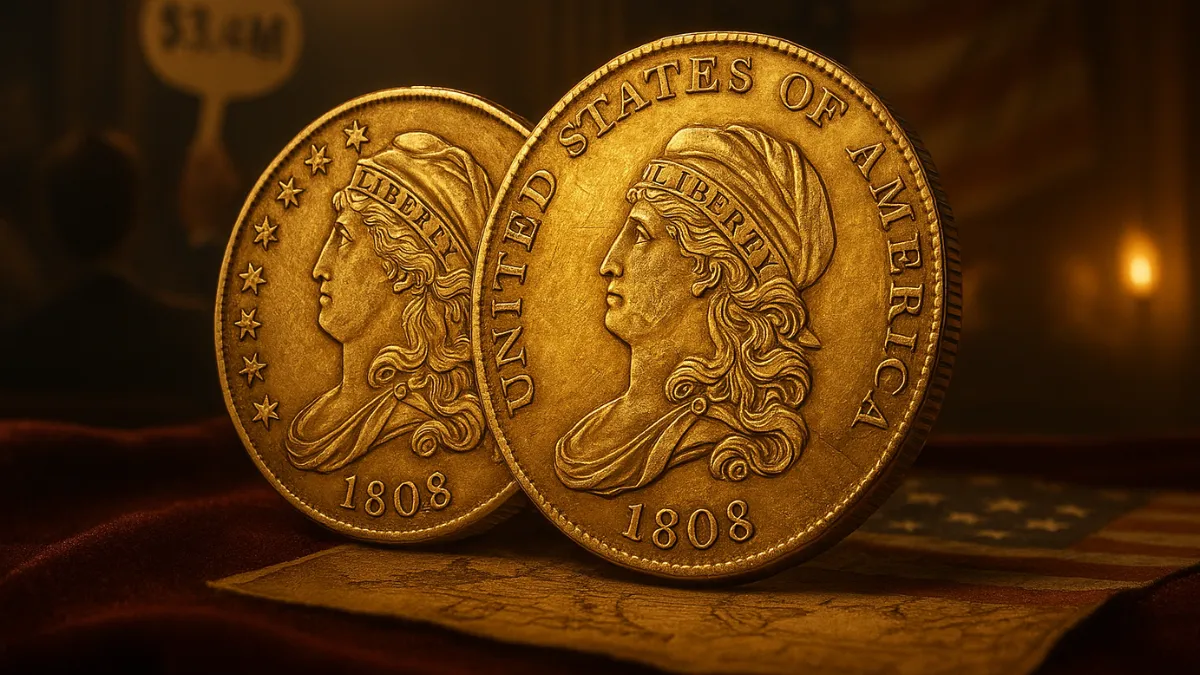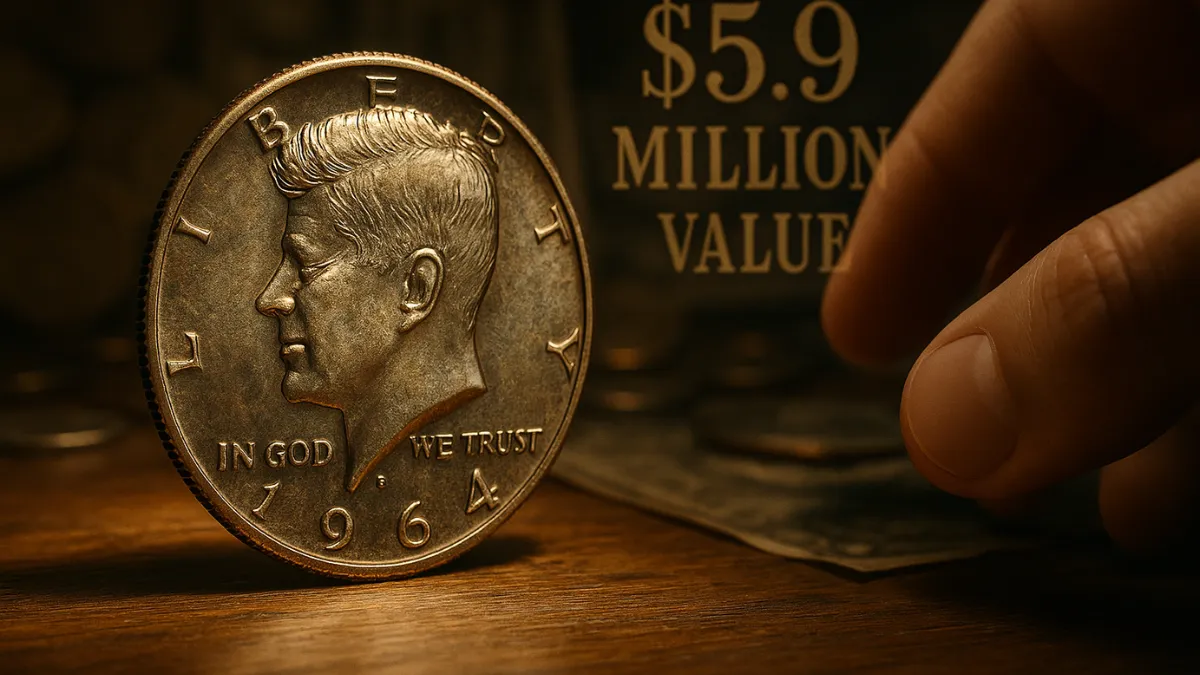Could Your 1976 Bicentennial Quarter Be Worth Over $5 Million? Here’s What You Should Know.
The 1976 Bicentennial Quarter commemorates America’s 200th anniversary, but beyond its historical significance, some of these coins could be worth a fortune. While most of these quarters only hold their face value, a rare few—with distinctive features or minting mistakes—have sold for more than $5 million at auctions.
In this article, we’ll dive into what makes these quarters so valuable, how to recognize them, and the best ways to sell if you discover one of these rare coins.
7 Rare Bicentennial Quarters That Could Be Worth Over $5 Million
Introduced to celebrate the nation’s Bicentennial, the 1976 quarter quickly became popular among collectors. Still, only a handful are considered extremely rare and highly valuable today.
Here’s what collectors and investors focus on:
| Feature | Details |
|---|---|
| Why so valuable? | Mint errors, silver content, and flawless condition boost value. |
| Key markers | Uncommon mint errors, unusual mint marks, silver composition. |
| Mint locations | Philadelphia (no mark), Denver (D), San Francisco (S for proofs/silver). |
| How to check value | Look for errors, verify weight, and seek professional grading. |
| Where to sell | Reputable auction houses, certified dealers, and online marketplaces. |
| Resources | Official U.S. Mint website for reference. |
What Makes Some 1976 Bicentennial Quarters Valuable?
Most Bicentennial Quarters are common, but certain qualities can dramatically increase their worth.
1. Minting Errors
Some coins have unusual mistakes during production that make them valuable, including:
- Double Die Obverse: Where the images or text appear doubled.
- Off-Center Strikes: Coins struck off their usual alignment.
- Wrong Planchet Strikes: Quarters minted on incorrect metal blanks, like those meant for nickels or half dollars.
2. Silver Content
Unlike standard quarters made from copper-nickel, the Mint issued special 40% silver versions in 1976. These silver quarters, especially with proof finishes or errors, are highly prized.
3. Exceptional Condition (MS-67 or Higher)
Coins graded MS-67 or better by professional grading services like PCGS or NGC can fetch prices ranging from thousands to millions, depending on rarity and condition.
How to Identify a Potentially Valuable 1976 Bicentennial Quarter
If you think your coin might be rare, follow these steps:
Step 1: Check the Mint Mark
- No mark = Philadelphia (common)
- D = Denver (common)
- S = San Francisco (often silver or proof coins)
Step 2: Look for Minting Errors
Using a magnifier, look for doubled images, off-center prints, or missing parts. Such errors can greatly increase value.
Step 3: Test the Metal
- Weight: Regular quarters weigh about 5.67 grams; silver ones weigh slightly more, around 5.75 grams.
- Edge: Silver quarters have a solid silver edge, unlike the copper-colored edges of clad coins.
Step 4: Get Professional Grading
Submitting your coin to grading companies like PCGS or NGC can provide an official condition rating that affects its market value.
Step 5: Research Market Prices
Look up recent sales on auction platforms such as Heritage Auctions or eBay to gauge current prices for similar coins.
Where to Sell Your Rare Bicentennial Quarter
If you own a valuable Bicentennial Quarter, consider these selling options:
- Certified Coin Dealers: They can appraise and offer fair prices.
- Major Auction Houses: Heritage Auctions and Stack’s Bowers are trusted venues for high-value coins.
- Online Marketplaces: eBay and similar sites can connect you with collectors but require caution to avoid scams.
- Local Coin Shops: Convenient, but offers may be lower compared to auctions.
FAQs
Q1: Are all Bicentennial Quarters valuable?
No. Most are still worth 25 cents, but rare versions can be worth much more.
Q2: How do I know if mine is silver?
Check the edge for the absence of copper color and compare the weight. Silver coins are slightly heavier.
Q3: What is the highest price ever paid for a 1976 Bicentennial Quarter?
A rare proof error quarter sold for over $5 million.
Q4: Can I find a valuable quarter in everyday change?
It’s rare but possible. Most valuable coins are already in collections.
Q5: Should I clean my quarter before selling?
No. Cleaning can damage the coin and reduce its value.
Final Thoughts
While the majority of 1976 Bicentennial Quarters are only worth their face value, a select few with unique minting mistakes, silver content, or pristine condition could be extremely valuable. If you believe your quarter may be one of these, consider professional grading and look for trustworthy selling platforms. You might just be holding a piece of American history worth millions!
